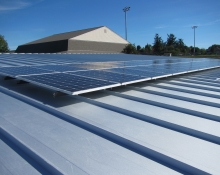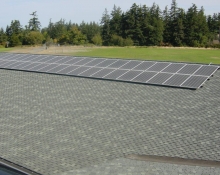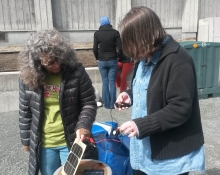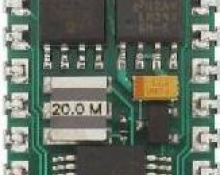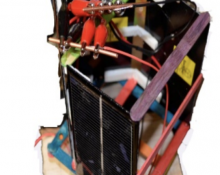Ida B. Wells High School - PGE
The Portland Public Schools PGE Solar Roofs Partnership STEAM Education project is a large effort over several years with a variety of partners in both energy and education sectors to expand solar production and augment STEM/STEAM education. In 2015, the Portland General Electric Renewable Development Fund, comprised of contributions from PGE Renewable Power customers, in partnership with Portland Public... Read full project narrative >>

